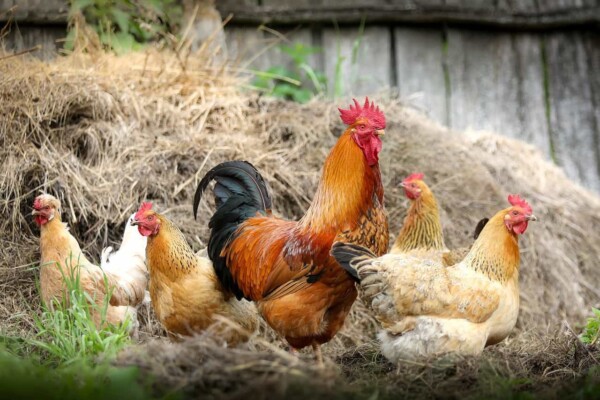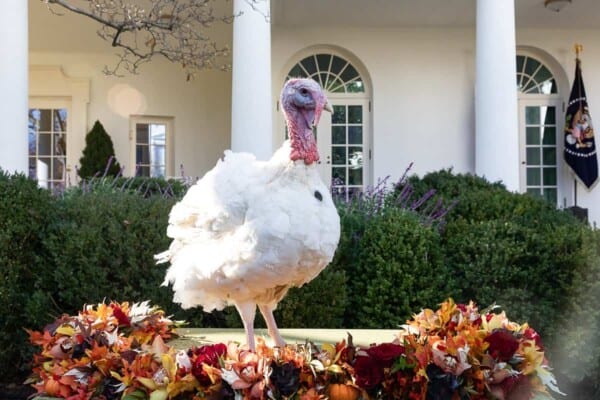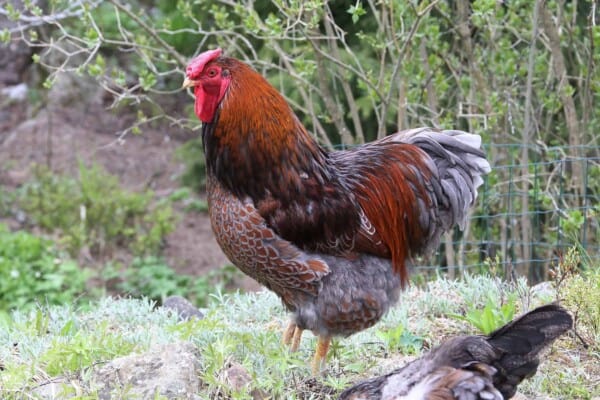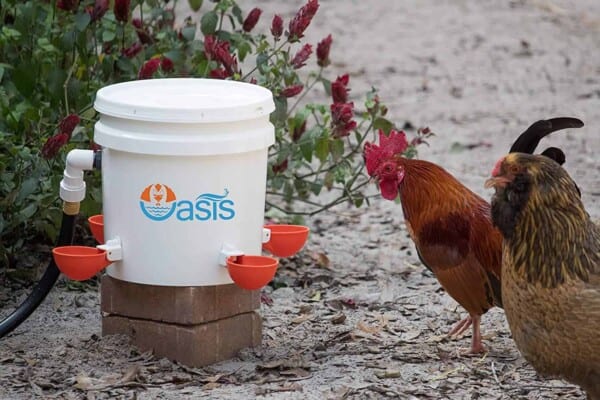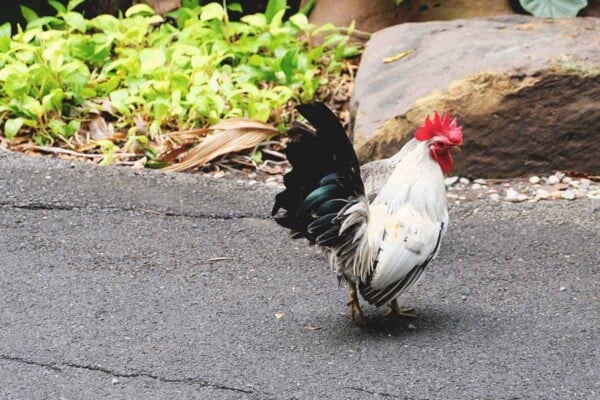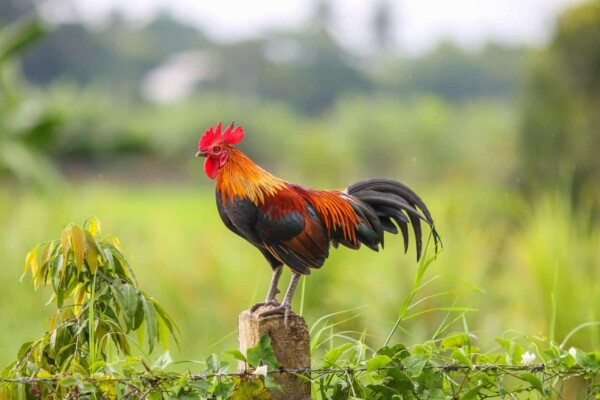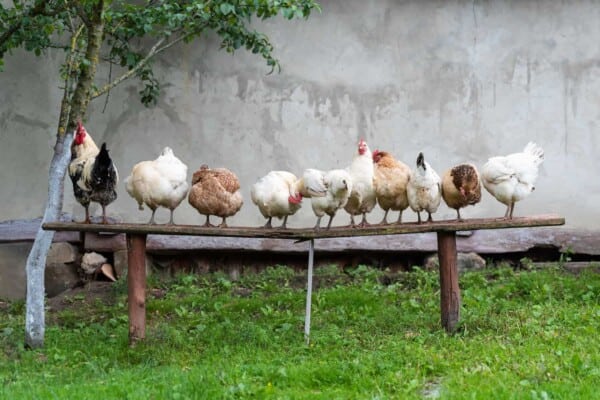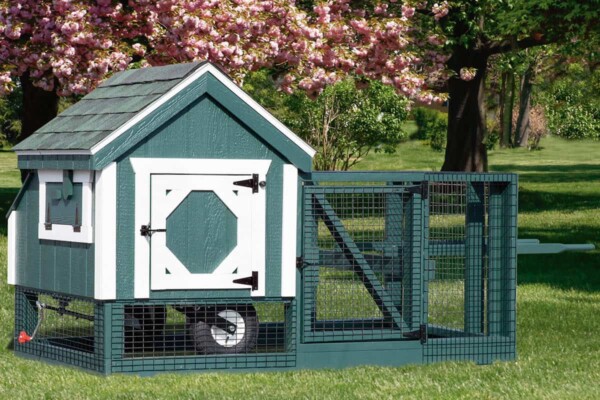The Orpington is easily one of the most beautiful chicken breeds in the world, and that’s a fact. Thanks to its abundance of feathers and the unique look that it boasts, this breed has made its way to the top since the very beginning, becoming one of the most popular options on the market practically overnight.
While there are still a handful of downsides to this breed too though, such as the fact that it is not that good when it comes to laying the eggs itself, this breed still makes for a really good option no matter what you’re looking for out there.
Sadly though, the breed has had a decline in popularity over the years due to how many better options there are out there for people that want a larger meat breed or a better egg layer.
But we have spotted a rather interesting resurgence for the breed over the past couple of years now, which is worth noting because not a lot of breeds get a second chance to shine all that easily.
So, in honor of its new rise in popularity, we decided to bring you our very own guide on everything you need to know about this illustrious breed called Orpington.
But before we get into the specifics of the breed, how about we give you a brief rundown of its history and origins.
The History of the Orpington Chickens
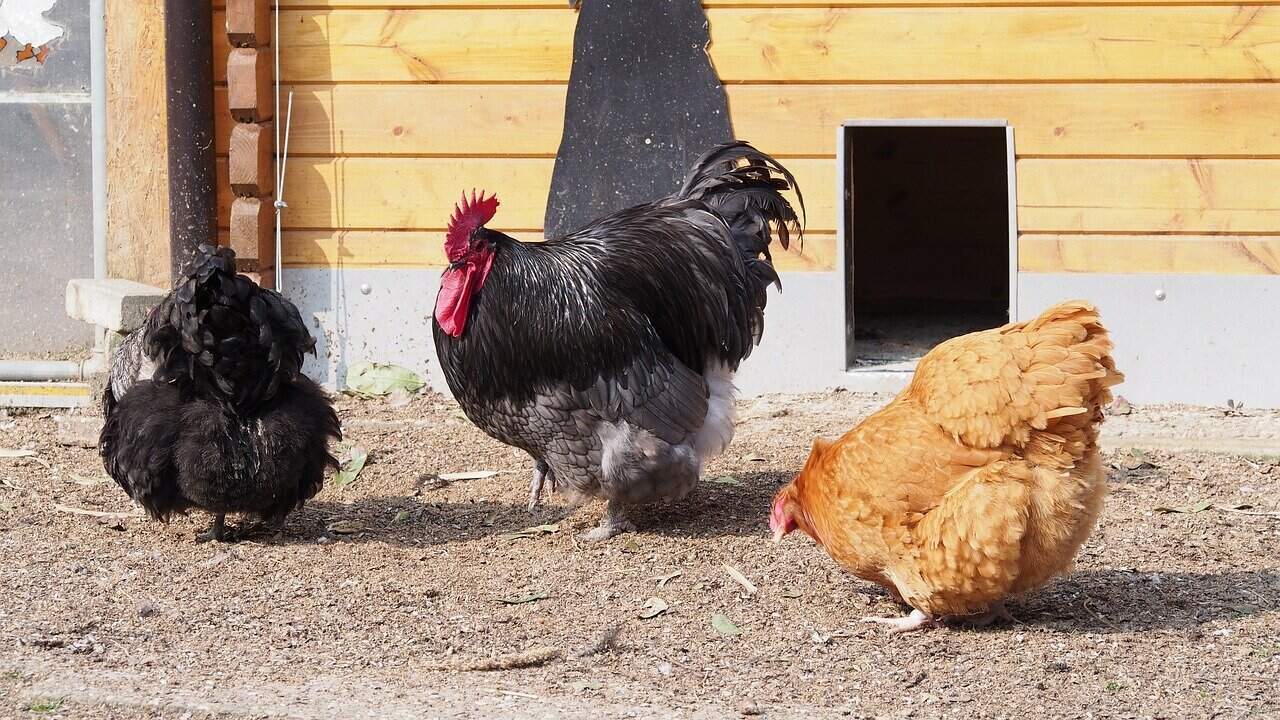
The beautiful Orpington chicken breed actually came straight from the horse’s mouth, and by that we mean that it came from one of the most famous breeders of all time, William Cook himself, who used to live in Orpington, Kent, in the south-eastern part of England.
He was the man behind the Black Orpington chicken, and he took it to the scene in 1886 during the London Dairy Show where he wanted to prove a point that this new breed of his would be the perfect replacement for any other breed out there at the time.
He advertised it as the perfect winter layer, while also serving as an excellent table bird, that looks aesthetic enough to win shows and being very easy to breed at the same time.
That’s definitely a lot to ask for from a newly bred chicken, but luckily, it didn’t disappoint as the shiny green-black fowl instantly became a hit.
This is also where he stated that in order to get to the Black Orpington breed, William Cook had to cross Minorcas with Black Plymouth Rocks, then afterwards he had to take this gene and cross it with Croad Langshan chickens.

This last matchup ended up giving the Black Orpington its signature large dark egg genes, and thanks to the Black Plymouth Rocks, he also managed to add in a rather large and meaty carcass to the breed, with the added egg-laying capacity from the Minorca breed.
All in all, it’s no wonder that everybody was super excited to see just how good the Orpington chicken breed really was, and as far as we can tell, it really didn’t disappoint.
Within ten years or so after he originally revealed his birds, the breed had spread all across the globe, even reaching South African in no time as the interest in the breed grew further and further.
This was due to the fact that, while the breed itself was a very good and profitable option, Mr. Cook was just an absolutely astonishing salesman that knew how to get things done, and as such it didn’t take him long to make a huge profit out of the Black Orpington chicken breed.
Sadly, it should be mentioned here that all the way up until 2016, the Orpington chicken breed was actually considered to be an endangered species, but thanks to the collective work put in by the breeders, it has been removed from the American Breed Livestock Conservancy list.
The rising popularity of the breed has been a major component in bringing the numbers up too, especially so due to its unique look.
So, for now let us cover what makes this breed so special in the first place, starting off with its appearance, of course.
The Breed Standard and Appearance
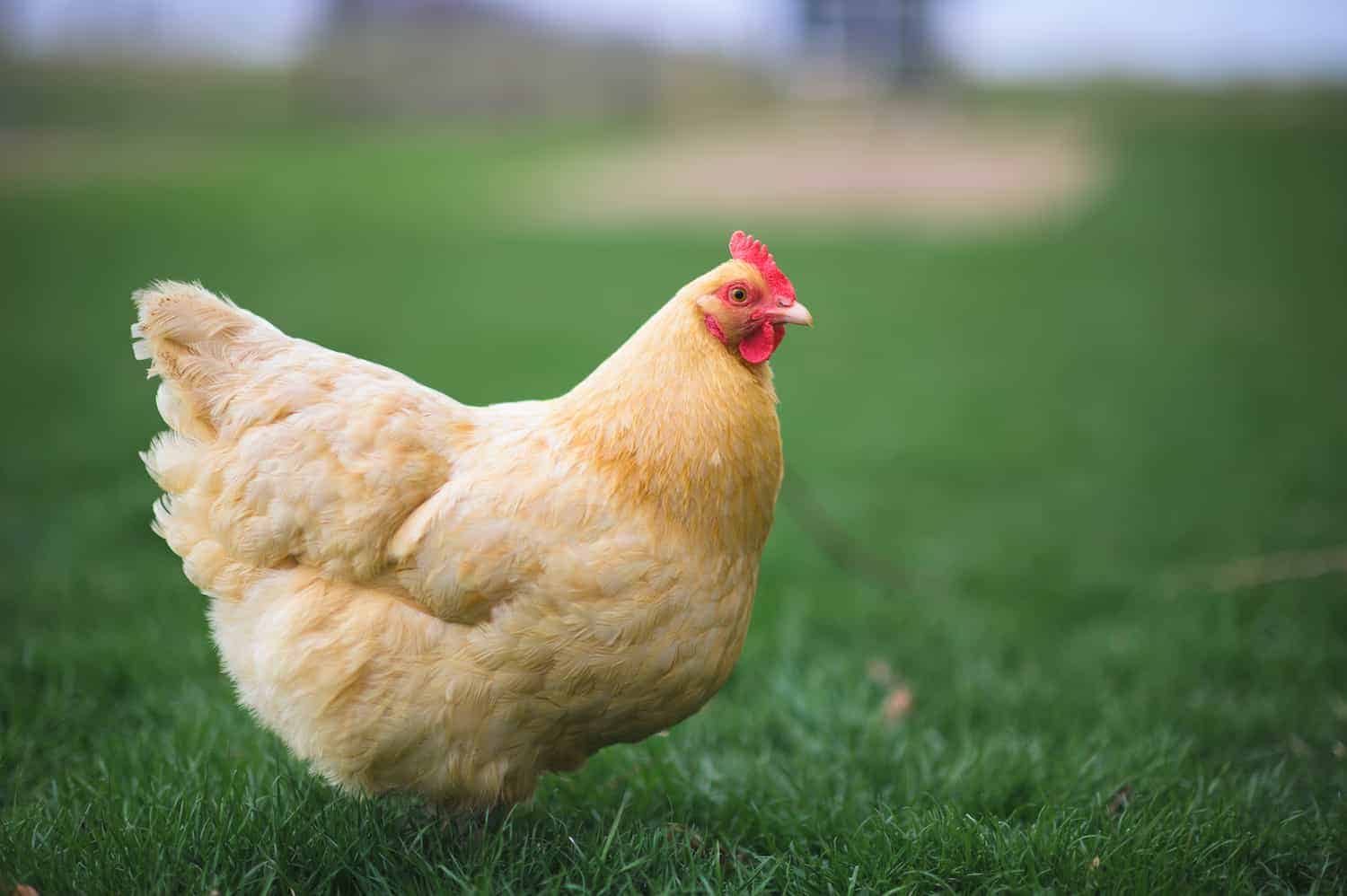
As far as its appearance is concerned, you are looking at a relatively heavy bird that boasts a broad body which rests at a pretty low angle. Its feathers are quite fluffed out, and its back is known for being quite curvy while also being very short.
Immediately you can see why it is so popular for shows, as its feathers are quite smooth and broad, making them look a lot puffier than they really are.
The Orpington chicken’s feet and shanks are known to be quite pinkish to white almost, and they are known for being relatively clean most of the time, with their flesh also being quite white here too.
The beak of the Orpington breed is yet again pinkish to white, and its eyes are quite uniquely red, with a really bright red comb earlobes and wattles.
As a general rule of thumb, their comb should have about five points each, although you can also get your hands on an Orpington chicken that features a slightly different rose comb variation.
This is also where we should mention that the standard Orpington breed comes in two different sizes, with one of them being the original large fowl and the other being the bantam, or smaller variant.
The standard variant should weigh in at around ten pounds or so for the male and the female should typically hover around eight pounds or so. Bantams, as you can already expect by now, are quite a lot smaller in size, weighing in around 38oz for the males and 34oz for the females.
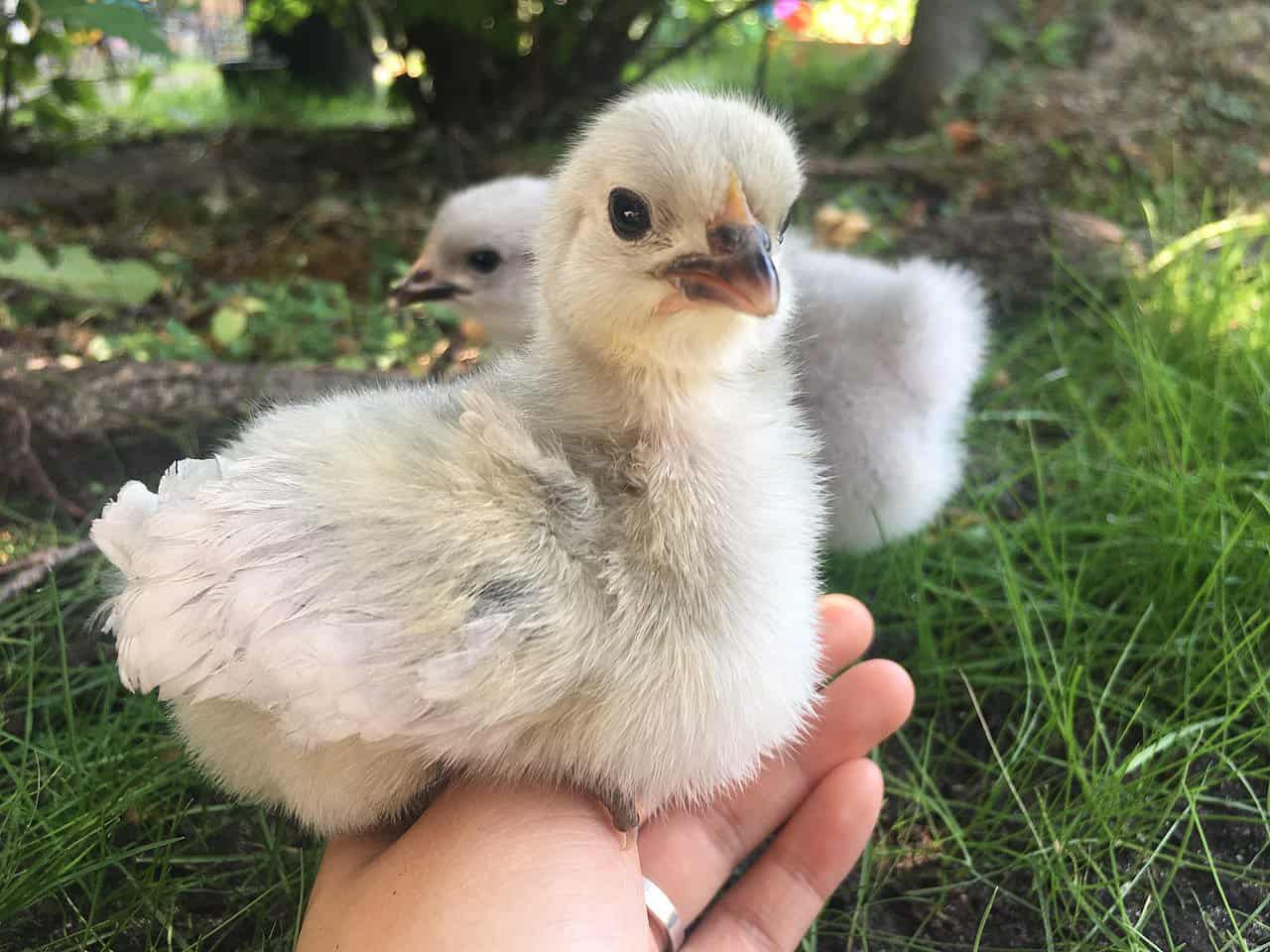
But other than the size difference, you shouldn’t be able to spot any other real differences between the two variants.
Just keep in mind that by bantam standards, the bantam Orpington is one of the largest minis you could get your hands on, so if you want a really small chicken this may not be the best choice for you.
According to the American Poultry Association, there are currently only four colors that are officially recognized into their registry, and they are the following:
- Buff Color – which was officially added into the book by 1902
- Black Color – which was officially added around 1905
- White Color – which was officially added by 1905
- Blue Color – which was officially added around 1923
As far as the UK standards are concerned though, you should keep in mind that in order for your chicken to be properly accepted into the registry it needs to have a deeper and broader body, with a curvy yet shortish tail at the back.
Interestingly enough, they also only accept the chicken if its plumage is closer as opposed to it being on the fluffier side of the spectrum. Other than that though, the same requirements apply as for the US version.
Different Orpington Varieties
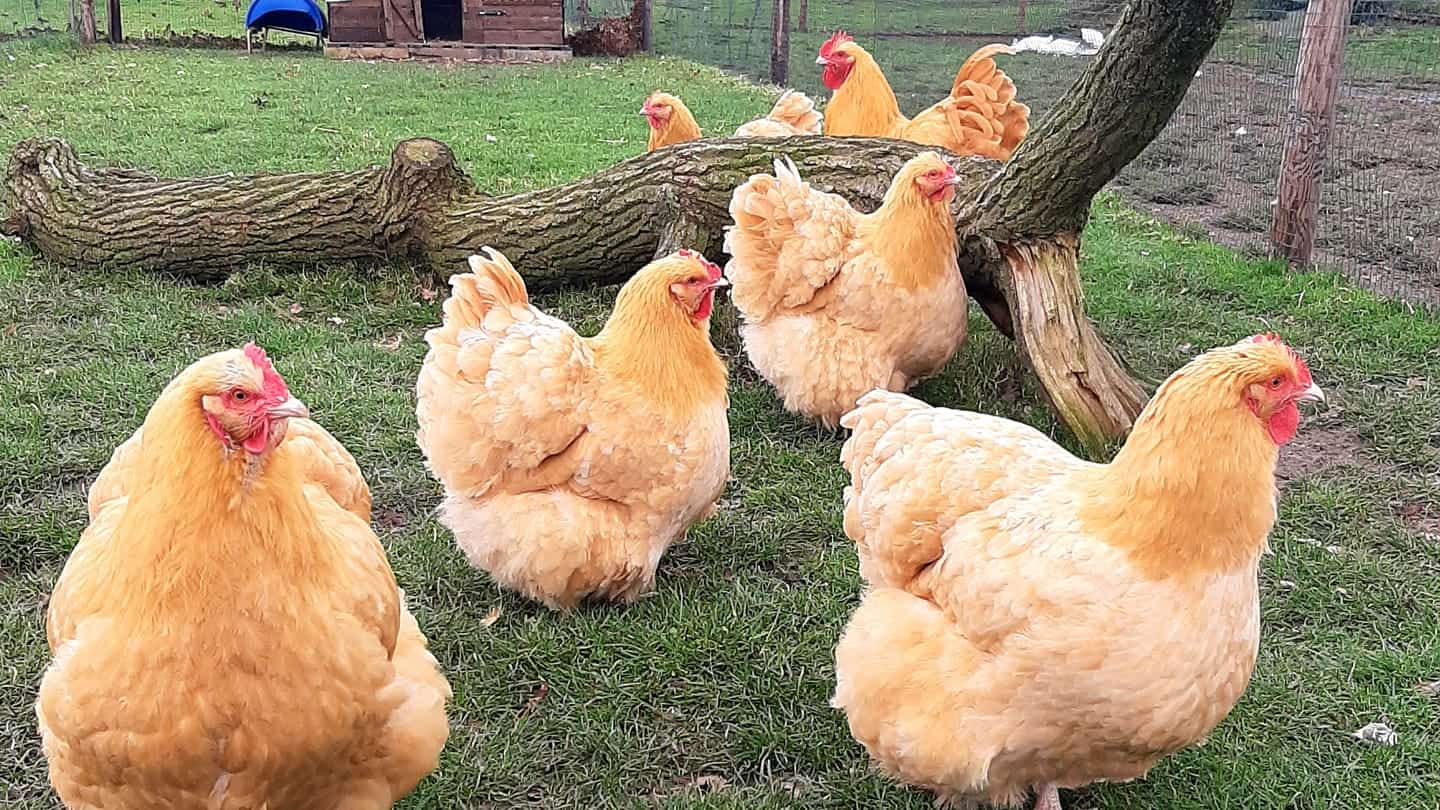
As we mentioned previously, there are currently four different varieties that are accepted into the registry, and they differ from one another quite a lot to say the least.
The Black Orpington Chicken
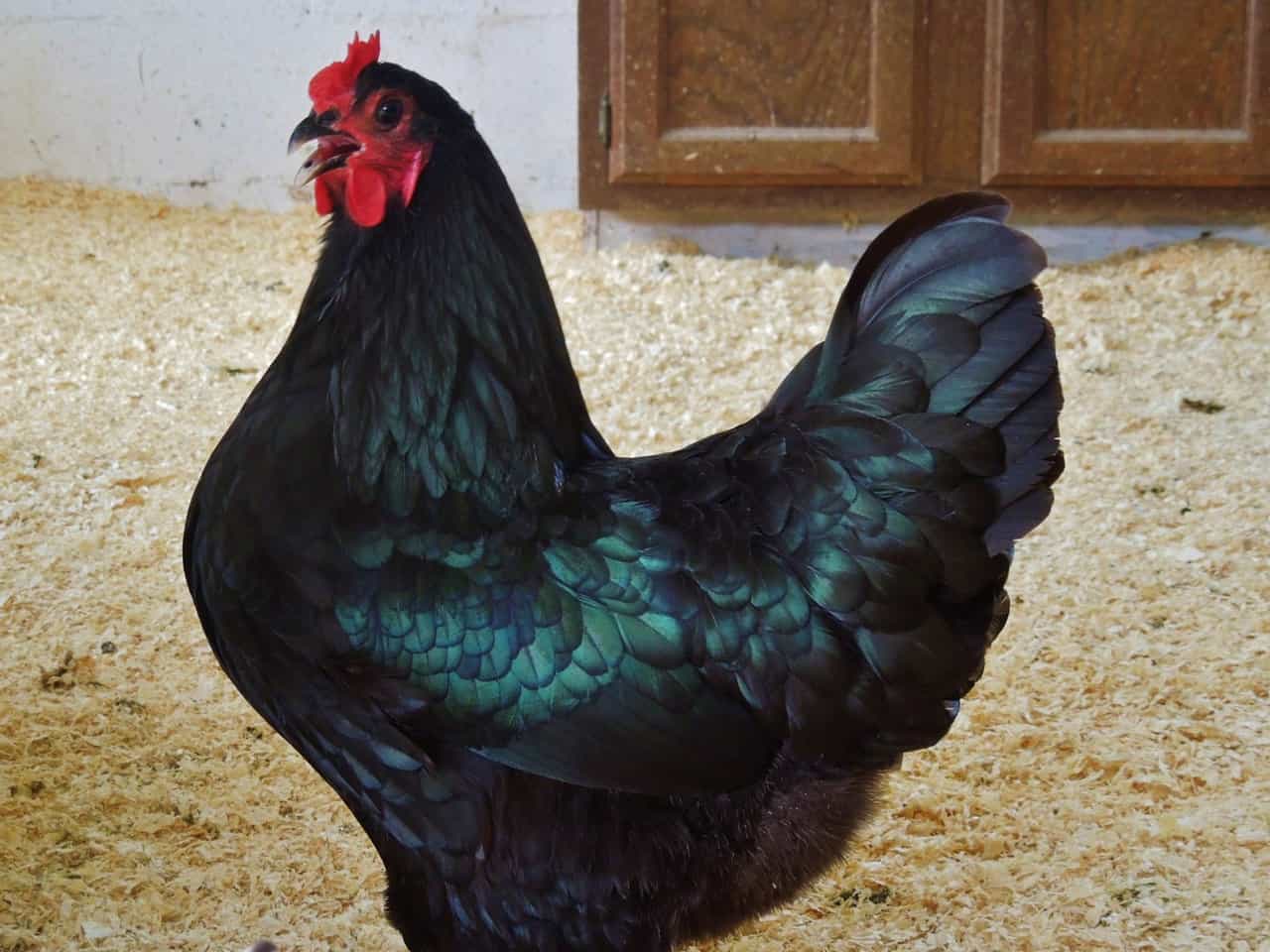
For instance, the Black Orpington is separated into two different varieties, with one that features a more feathery construct and a fairly larger body due to it being primarily used for cockfighting at the time.
Interestingly enough, in the 1920s the second variant hit the scene as it made its way from the British shores where they were bred so much that they were practically incomparable with their distant relatives.
These became known as the Australian-Orpingtons, or Australorps for short, and they quickly caught on due to how many eggs they are capable of laying every month.
The Buff Orpington Chicken

Next up on our list we have the Buff Orpington chicken. The buff variant is pretty much universally acclaimed by now due to how popular the Orange-Buff’s color is.
The typical Buff Orpington chicken has a lot of feathers and it is mostly bought for aesthetic reasons, as it has had a pretty good track record on in shows over the years.
This Orpington variant is also known for being very calm and friendly, and at the same time they are quite popular in Britain, with many of the locals considering this to be a bit of an icon of Britishness to say the least.
The White Orpington Chicken
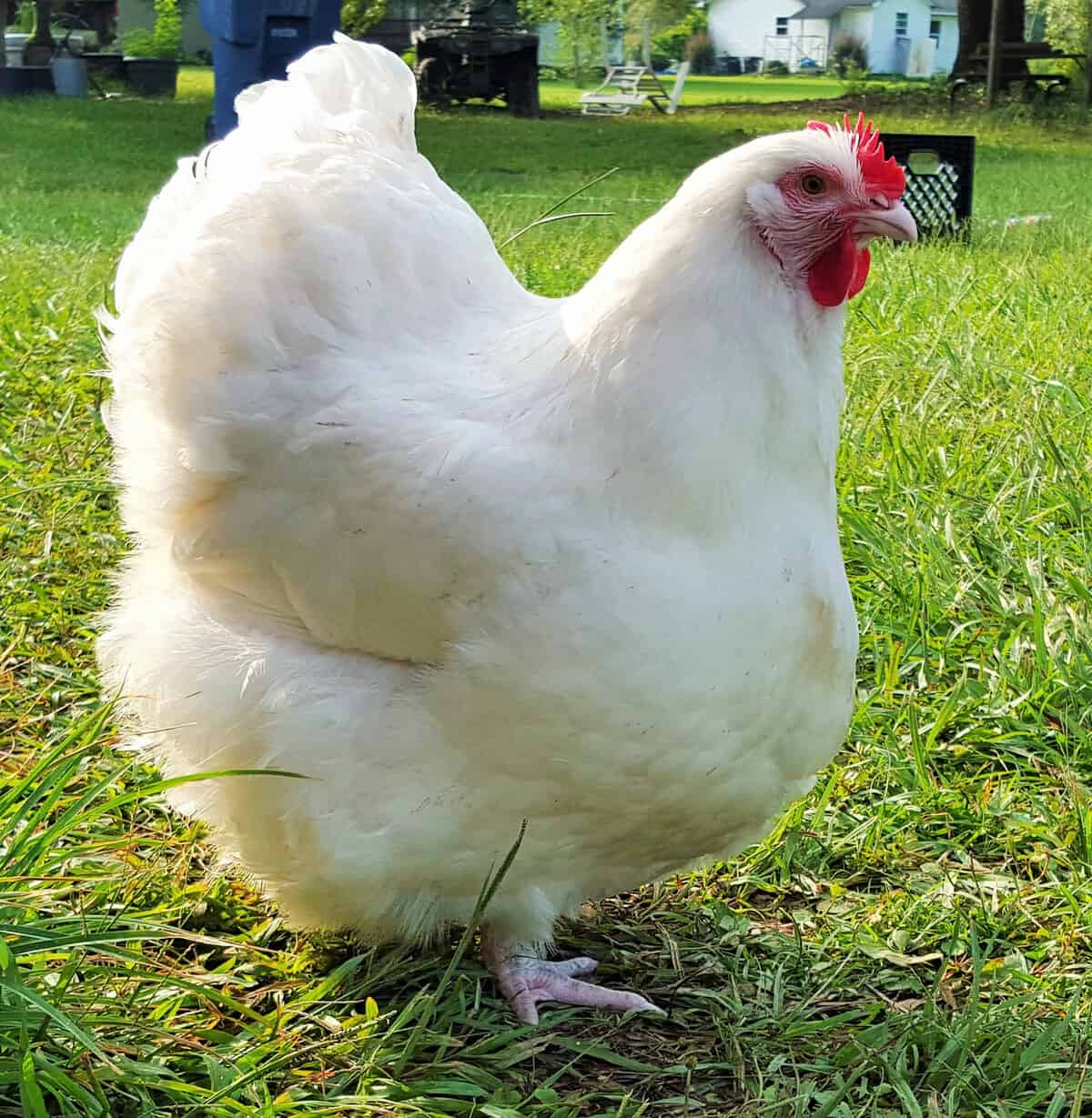
There isn’t a lot to say about this variant that can’t also be said about the buff Orpington chicken.
Overall, they are pretty much the same, with the only real difference between them being the color of their feathers.
The Blue Orpington Chicken
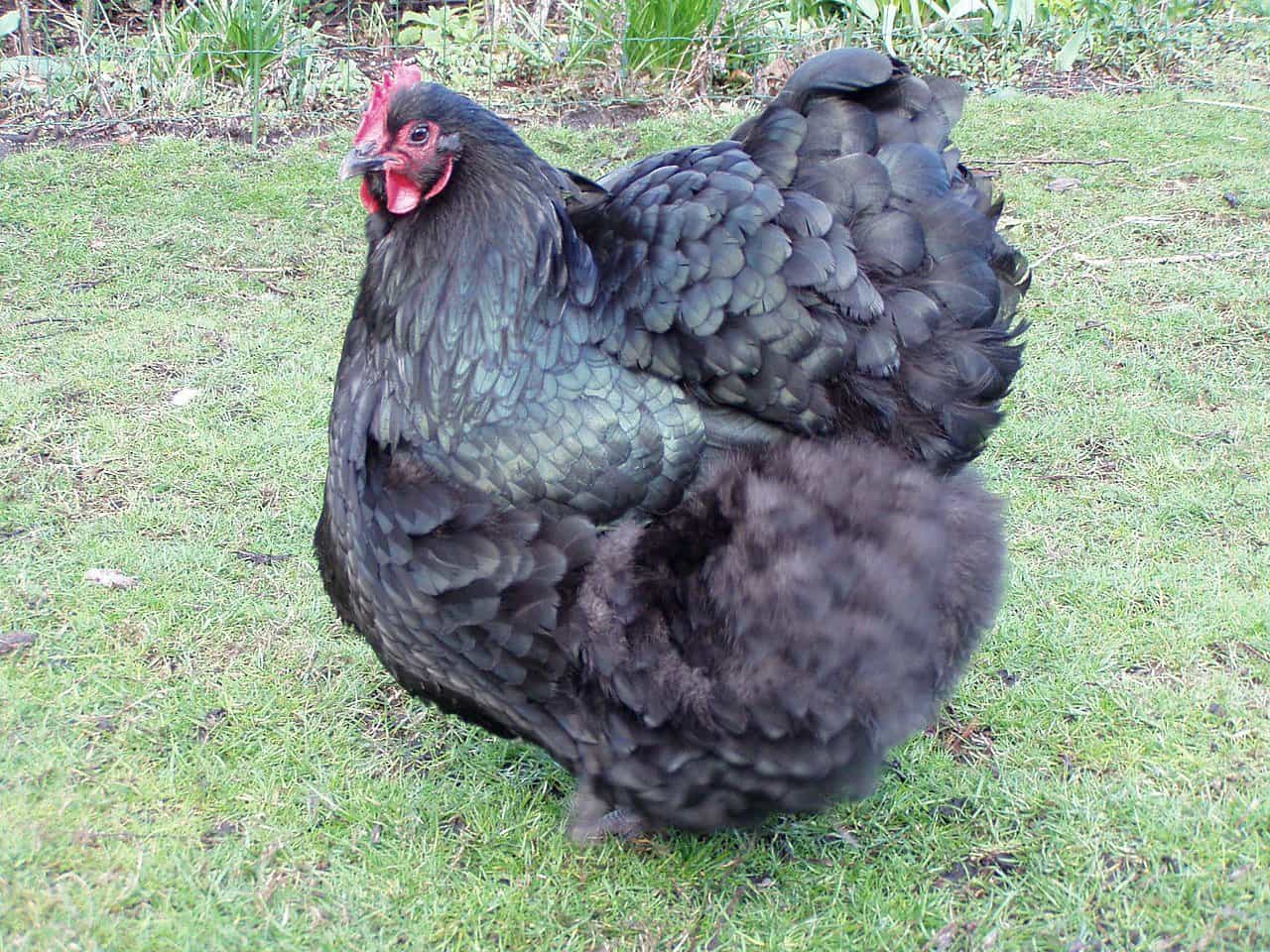
Despite the fact that when they first hit the scene, they were pretty much just disregarded by the Victorians as they refused to buy them, they did eventually make their way back after their creator, Arthur C. Gilbert stated that this breed was a cross between Black and White Orpingtons.
After he released this bit of information, the breed did start to catch on quite a bit, eventually getting its fair share of attention, becoming a decently popular breed to take into your stead.
Temperament and Egg Laying

While some variants are definitely a lot friendlier than others, for the most part, it’ll be harder for you to find an angry or violent Orpington chicken than it will be for you to find a calm and friendly one.
The buff variant is known as the most docile one of them all, although again, you should never worry about them starting fights with other chicken for no real reason anyways.
They love to be cuddled most of the time and you should always carry around a bunch of treats with you, if you want them to really love you and be happy to see you no matter what.
They are known to be quite speedy little buggers though, so definitely keep that in mind as they will need a lot of space to move around in.
They are also especially hardy due to how protected they are by their feathers, although we do urge you that you always make sure that they don’t get their feathers sodden because they can easily end up dying because of the cold from that alone.
They can easily take warmer climates, although again, you shouldn’t force your luck and instead keep them in the shade during the hottest summers unless you want to find yourself with a few less chickens than you had the day before.
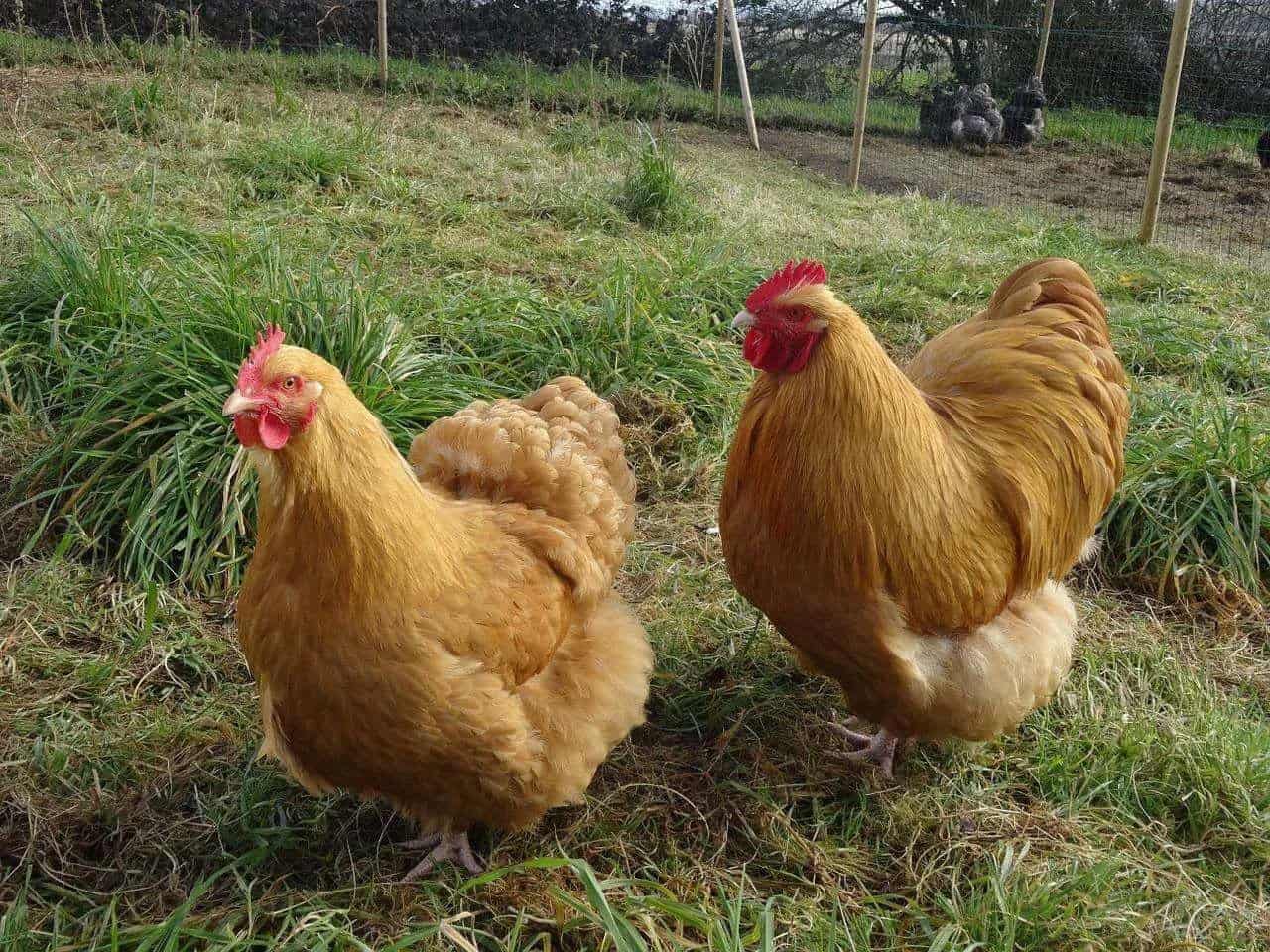
The buff variant is especially great for children though, so if you want a pet chicken you may want to invest into one whenever you feel like it.
Do keep in mind that the roosters can be quite protective of their offspring, to the point where they will often times not even consider leaving their nest to protect their eggs.
While they will not usually start fights with humans, the roosters will always try their hardest to protect their younglings, so if you ever get a bit too close and you look like you’re up to no good, you should expect a nasty pecking or two from them.
This breed makes for a great project bird for the 4H clubs, especially so due to how hardy they are and how well they can take confinement for the most part.
We highly recommend that you go for one for yourself if you want a good show bird, although you will need to train them to be handled with ease and even more so, to handle unusual noises without getting too scared.
As mentioned previously, they are not all that scared of confinement, although we do recommend that you keep them as free-range birds for the most part. So, as soon as you get back home from a show, make sure to give your Orpington chicken the space it needs to run around in.
As far as its egg laying capacity is concerned, they are quite proactive at it, being able to lay as many as 200 to 280 relatively large brown eggs. You can also use them for their meat, as they will reach butcher-size at around 22 weeks or so.
They are considered to be dual purpose birds, although most people prefer to keep them around as pets or for their eggs alone.
Should You Get an Orpington Chicken?
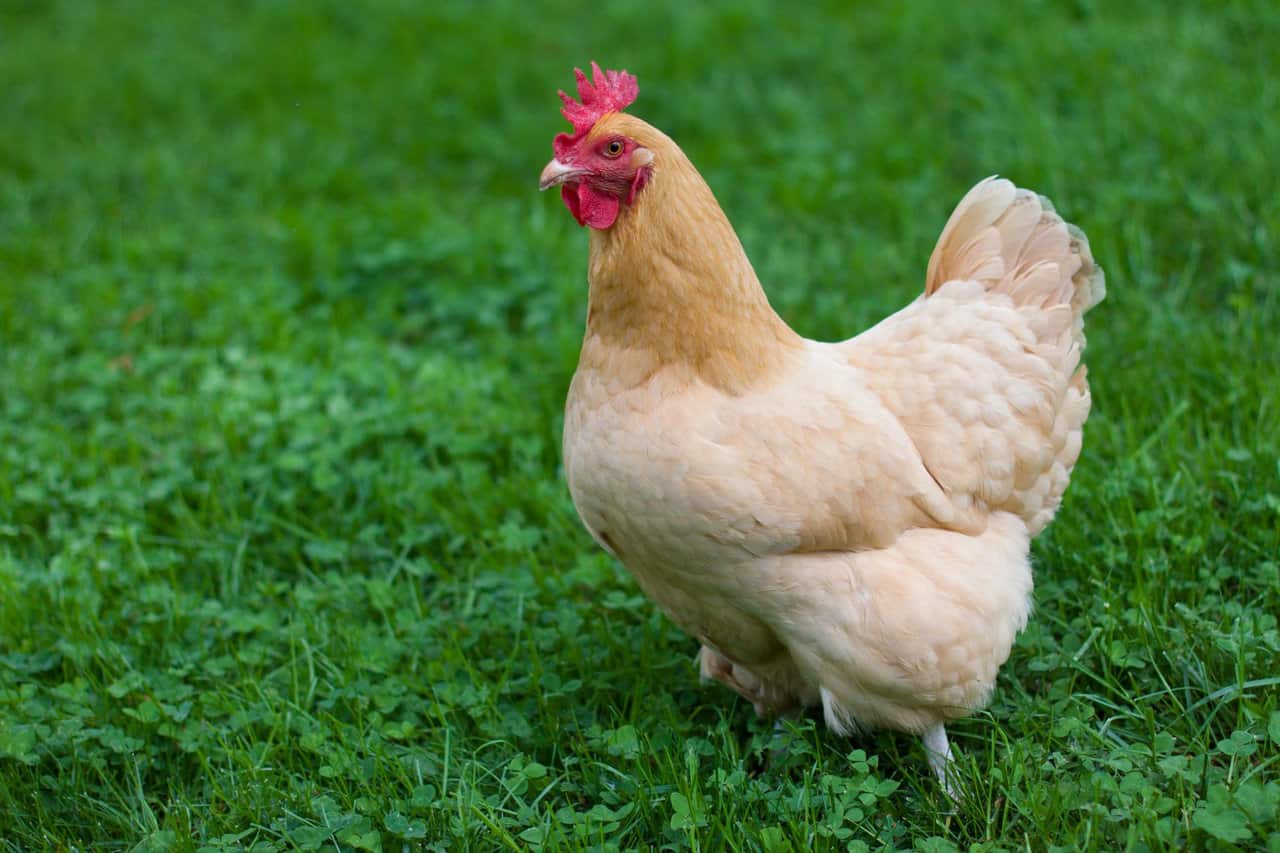
In all honesty, if you do want a friendly, large and fluffy chicken that also doubles as a great utility chicken, you can’t go wrong with the Orpington simply because it is one step above most other breeds out there.
The standard Orpington chicken is very friendly and calm, and due to their non-aggressive nature, they are going to make for a great addition to your coop no matter what other breeds you have there with them.
Just keep in mind that because they are not all that imposing, they can quickly end up being the ones being bullied around the coop, so never couple them up with the likes of Rhode Island Reds or even Welsummers for that matter.
They are considered to be city dweller chickens, mostly due to how well they can take confinement and how calm and silent they are most of the time.
They make for great beginners’ choices and let’s not forget about the fact that they are very easy to train, handle and maintain.
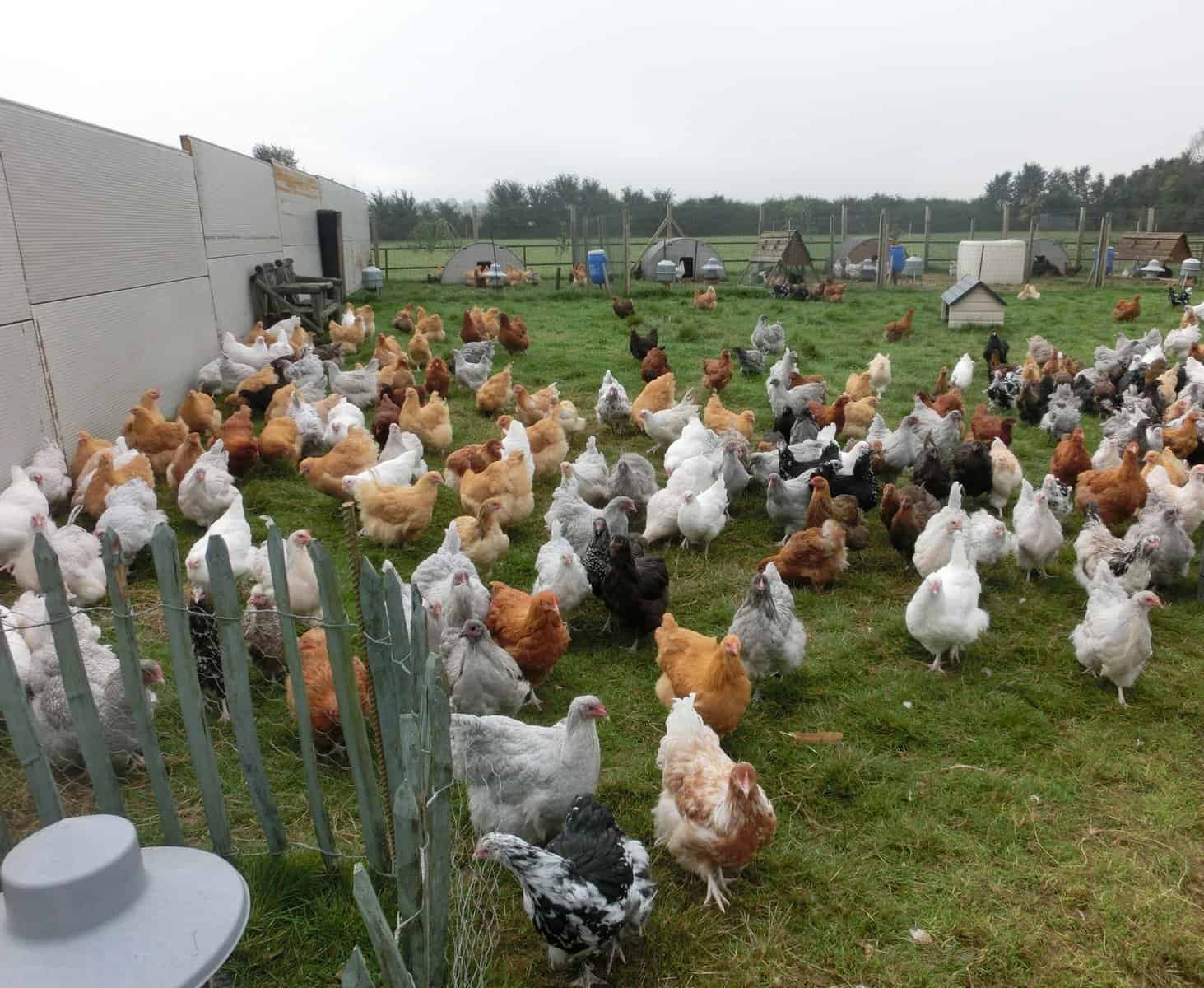
They don’t do all that great when it comes to their broodiness, although we do believe that they will still more than earn their keep around your farm if you take the time to search for a buff variant instead.
When it comes to their resilience though, they are quite hardy birds, but you should keep in mind that they are not the best when it comes to tolerating high temperatures.
They can handle them for a little bit, but they will quickly get dizzy if you don’t give them plenty of shade to rest under.
When winter time comes though you shouldn’t have to worry about anything, since they can pretty much handle the coldest of weathers due to their extra fluffy feathers.
They are quite large, which is great if you just want them for their meat, although keep in mind that they can also get quite lazy if not given the proper amount of space to run around in. As such, you should let them run around as much as possible to avoid them becoming obese.
Conclusion
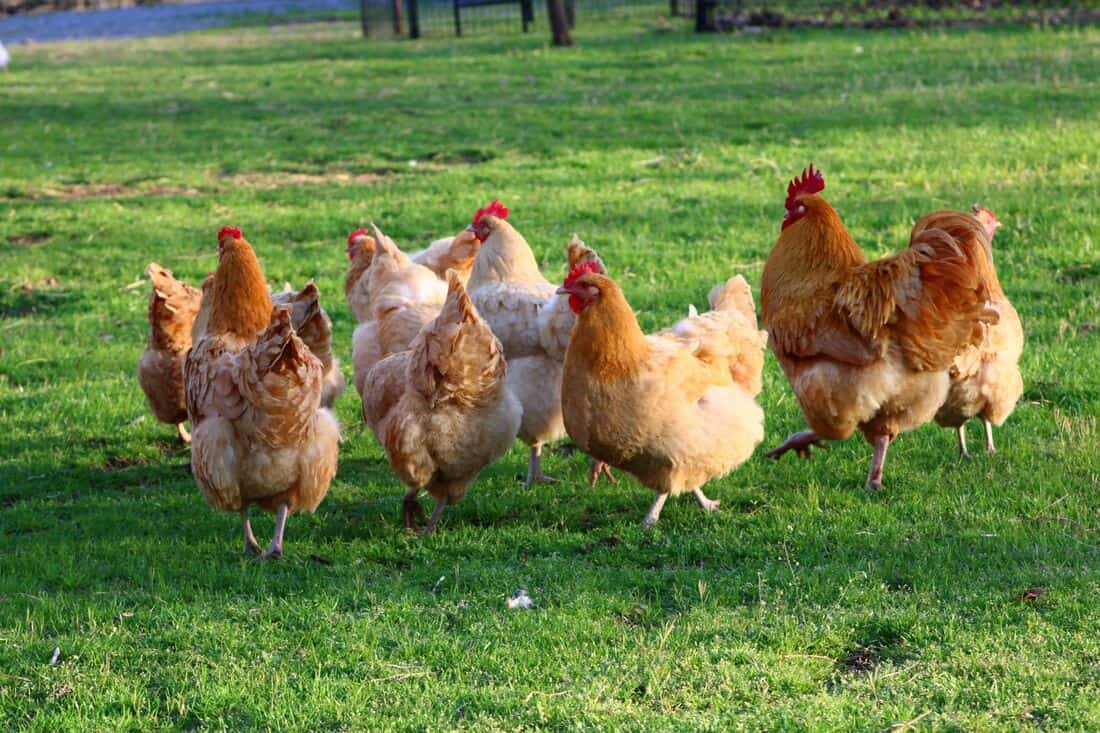
All in all, the Orpington breed may very well be one of the best options you have on the market these days, and that’s a fact. It is a perfect dual-purpose chicken breed that brings everything that you could ever ask for on the table.
While all Orpington variants are great on their own, we do have to say that the buff is by far the best one in our honest opinion.
With that being said though, you will definitely get your money’s worth from your choice, regardless of which one of them you picked out for yourself.



